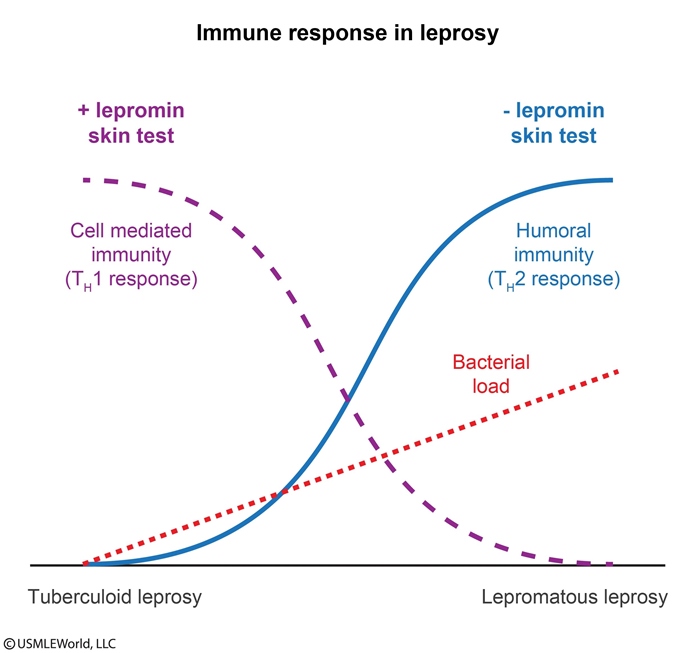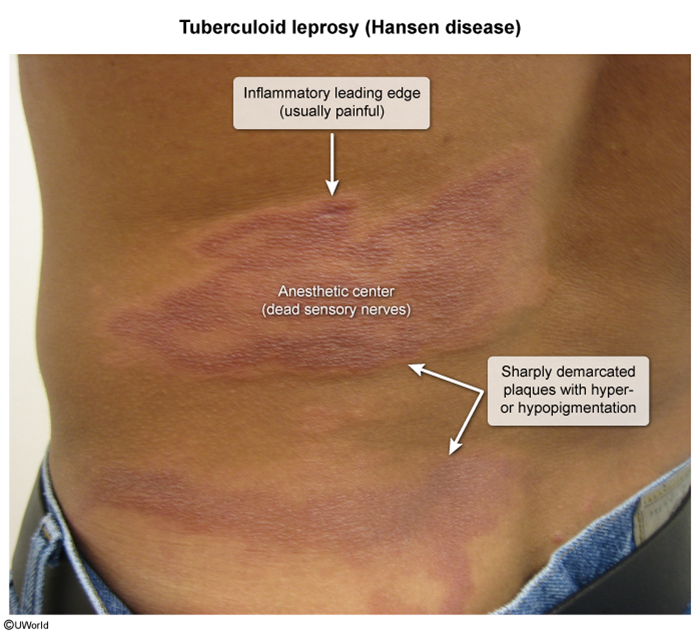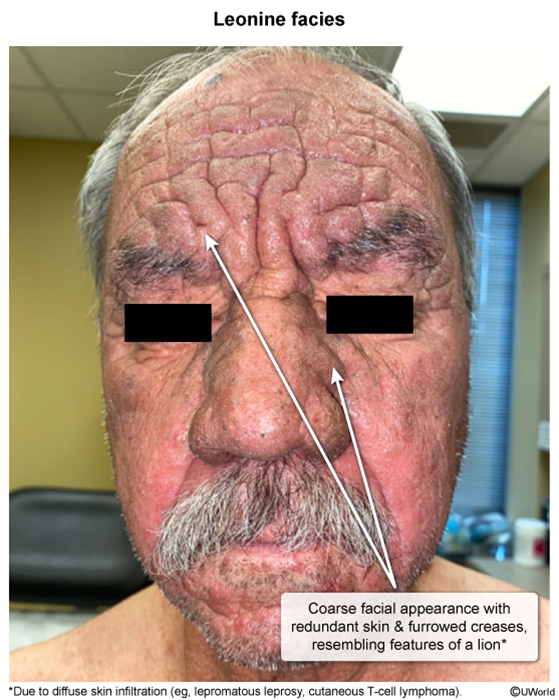Leprosy (Hansen Disease): Mycobacterium Leprae Infection
Article Sections
Introduction
Leprosy (Hansen disease) is a chronic destructive infection of peripheral nerves caused by the Mycobacterium leprae complex. Untreated, it causes neuropathic damage to the skin, upper respiratory tract, and eyes. Although largely eradicated from most Western countries, it is considered a neglected tropical disease with a significant public health impact.
Pathogenesis
The M leprae complex includes 2 subspecies (M leprae and Mycobacterium lepromatosis) that produce clinically equivalent disease. These pathogens are slow-growing, acid-fast bacilli (AFB) with cell walls rich in mycolic acids. As obligate intracellular pathogens, they require living cells to survive and cannot be cultured with standard techniques. Like other mycobacteria, the M leprae complex has virulence factors that resist phagolysosomal digestion (eg, cord factor, lipoarabinomannan) to enable intracellular survival.
Continue Learning with UWorld
Get the full Leprosy (Hansen Disease): Mycobacterium Leprae Infection article plus rich visuals, real-world cases, and in-depth insights from medical experts, all available through the UWorld Medical Library.
Figures

Images

